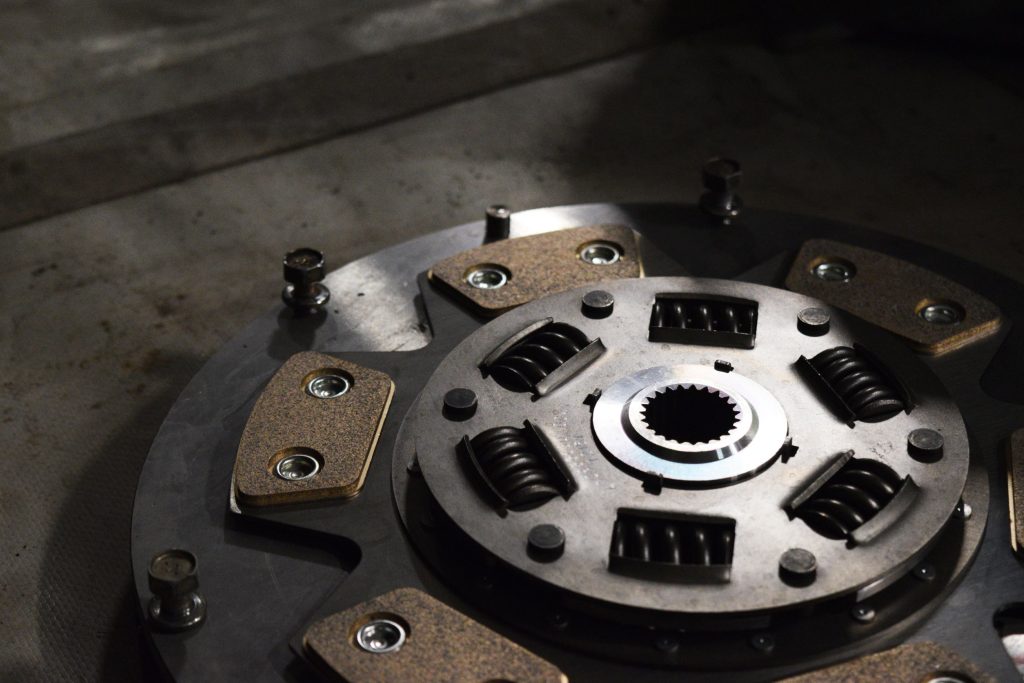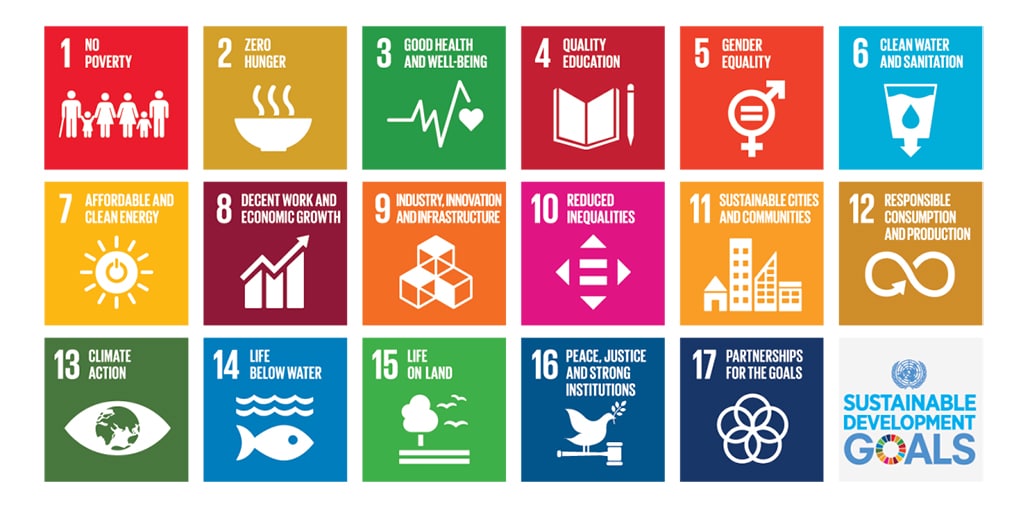The Circular Clutch – A Concept

This is the first of a series of posts centered around the concept of the Circular Clutch. It’s part of my pursuit of getting knowledgeable on circularity themes, and wrap my head around the challenges that lie ahead. I hope that this idea of the Circular Clutch will be helpful not only to me but also to you in targeting and shaping the efforts that contribute to the circular economy transition. I’m assuming a basic understanding of the major circular principles from my readers.
In many parts of the world, the ambition of transiting towards a circular economy is materializing into many interesting initiatives and genuine accomplishments. Companies reconsider their targets and business models, start-ups challenge the way we look at services and products, cities and communities gather in circular hubs and platforms, and so forth. That is promising and comforting, to say the least: it seems like finally some momentum is gained in making that transition happen.
But the word ‘transition’ may be the catch here…
First of all, there is nothing wrong with the phrasing ‘transition of a linear economy towards a circular economy’, neither is this about semantics. The meaning of the word ‘transition‘ – a change from one state or condition to another – fits perfectly. Change, however, only happens by overcoming resistance, and the amount of resistance is proportional to the force and momentum of the current state.
That current state, obviously, is the linear economy, which has been the motor for the last centuries of development, and which has enabled growth and prosperity for a (currently still) growing global population. We can debate on which part of that growth is desirable and if all of the merits of the linear economy were beneficial – think tobacco industry – but that is not the point of interest here. What is more interesting to acknowledge, is that the current linear economy is running at breakneck speed and at a risk of running out of fuel (sic) pretty fast if we keep on using it as the engine to reach sustainable prosperity to all (for example UN-SDG’s 1 and 2, no poverty and zero hunger). It’s that breakneck speed and the accompanying performance targets that is of a concern.
As stated before, the transition is a change process. That arises 2 questions: 1) when is the change fully completed and 2) how do we change? To first answer the second question, in essence we look at two extremes. One side being a sudden and immediate switch, like a revolution – or in the analogy with the running engine, an emergency full stop. The other side being a gradual almost natural but also slow process, like an evolution – or again, in the analogy, gradually changing the design and the components of the engine while it is running. Neither of these are desirable or logical, the one being too disruptive, the other being too slow and with an unpredictable outcome and timeline. So in reality it will be somewhere in between.
To come back on the first question: when are we at last fully transitioned to the next state, to the circular economy we set ourselves as a common goal? My opinion is that there will never be this final milestone where we can claim that accomplishment, or at least not be able to discern it. Reason being that this transition is going to take many decades at least, if not a century, which is a result of the closed loop character and the inertia principle within circular practices. For some materials, like steel and copper, before the required feedstock of recovered materials is at a point that we can consider it a fully closed loop (meaning, no virgin raw material is needed anymore) it will simply take decades of time. We need to build up stock in the system because of rising demand (growing global populations) and at the same time we want to extend the lifespan of products (think remanufacturing). As a results, materials are ‘locked into the ecosystem’ for a long time before they are fully recovered and can be reused (at worst, recycled). In some cases this could apparently take until the end of this century. In all honestly, by that time, the mere terminology circular economy might have become hollowed out, obsolete, and replaced by a different one.
Bottom-line? We don’t have a real and true finishing line ahead. Yes, there are clearly pronounced ambitions and targets, and we certainly have taken a start, but there is no clear ‘now we are in a circular economy’ milestone, certainly not on a global scale. Next to that, we need the velocity (or part of it) of the at breakneck running engine to accomplish our sustainable development goals and that is using nearly all of our current resources. Building a circular engine in parallel which can provide the same amount of output clearly isn’t feasible. What we’ll need to do is make sure we have enough of a new engine ready so that at a certain point in time we can deliberately change gears. To be able to switch gears, you need to transfer power, or momentum, from one gear to the next, to keep your engine running smoothly – or in this case, from one engine to another, to keep the system running smoothly. The mechanical part in an engine that enables this is the clutch in the transmission box. Hence the birth of the concept of the circular clutch.
The main function of the circular clutch would be:
- to enable a transfer of momentum from the linear economy to the circular economy
- while keeping the total output equal
- allowing to ramp up the speed and output of the circular economy to a desired steady but ever evolving state (because the world tomorrow is not the one of today)
- and at the same time enabling the slow down and ultimate come to a halt of the linear economy
Then why would this be different from the transition process? I think the most important difference would be that we can put ourselves a goal that is not the end-state of a circular economy, but a well-defined and pronounced state where enough momentum is created to make the big jump and transfer all efforts once and for all to a circular economy. What is very important to see here, is that if we fail to pick up momentum and make the jump, the sheer size of the juggernaut the current linear economy is, may outpace and revert all circular initiatives and actions without any effort, by the blink of an eye; who knows who will be holding the steering wheel a few decades from now?
To conclude this first post: building the engine for a circular economy will take time but can happen, step by step, enabled by technology and innovation, changing mindsets, political will and many more such things. But it might be an idea to in concurrence focus on building the circular clutch and prepare the shifting of gears, making sure that there will be a point in the transition process where we really can ditch the linear economy including all of its liabilities. In following posts, I will try and explore more on who could be contributing to that, who are the actors, what would be the hurdles to face, what are the conditions to be met, and so forth.
As this is definitely part of a (personal) learning process: I would be very pleased if you would share your thoughts and comments with me. How does this sound to you? Does it make sense, is the analogy useful? Did you encounter the same challenges or have the same doubts? Do you also think this ‘clutch’ concept may push a bit on the sense of urgency that is needed? And take the transition out of CSR reporting and the likes? Or anything else that comes up in your mind when reading this: let’s learn from each other!



